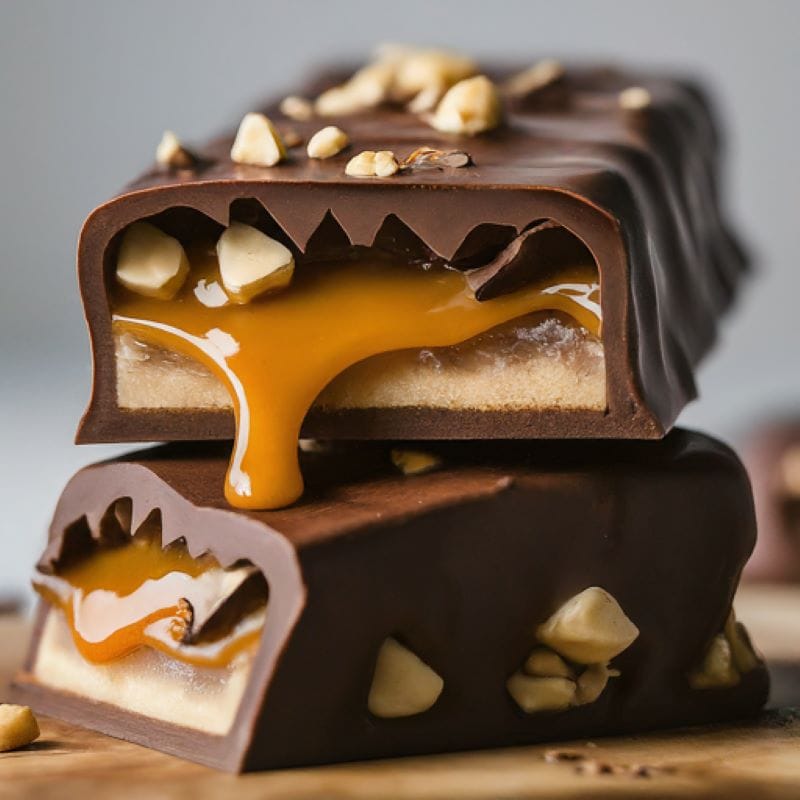How a Bitter Bean Became a Sweet Sensation
The Spanish conquistadors discovered cocoa in the Americas and introduced it to Europe. They experimented with the bean, incorporating European ingredients to create chocolate.

In a culinary world rife with strange pairings and cross-continental experimentation, few ingredients have had as tumultuous or transformative a journey as the humble cocoa bean. Imagine the scene: Spanish conquistadors, fresh from their campaigns, stumble upon this enigmatic seed. Little did they know, it would soon morph from an exotic curiosity into a beloved staple of both European courts and village kitchens, laying the foundation for one of humanity’s most delightful obsessions—chocolate.
When Hernán Cortés and his entourage first encountered the native peoples of Mesoamerica, they quickly realized two things: one, they were standing on lands rich with resources, and two, the locals had a taste for something rather peculiar—a bitter, frothy drink made from ground cocoa beans, often spiced with chili and flavored with maize. While this beverage may have initially baffled the European palate, the conquistadors were quick to recognize its remarkable energizing effects. Indeed, the anonymous chronicler of the time exclaimed, “...the healthiest and most substantial food known in this world,” and claimed that a single cup could sustain a man for an entire day. Whether this was early marketing genius or actual magic remains a mystery, but the soldiers were sold.




